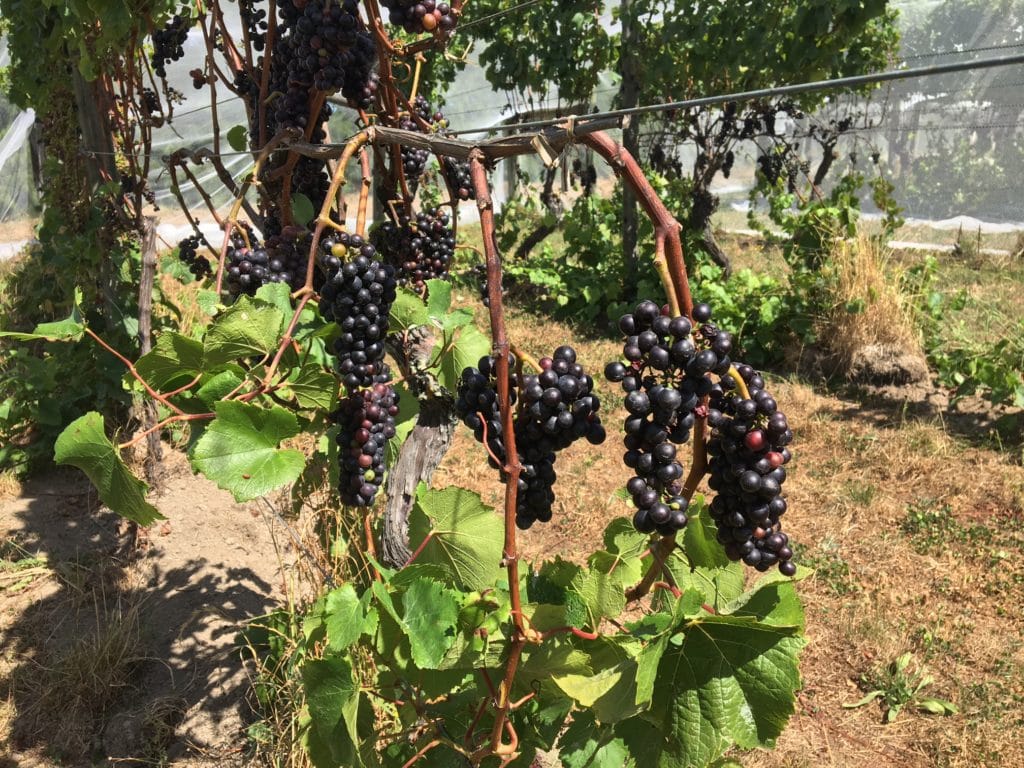Our focus at Dry River has always been to create individual wines with personality reflective of Martinborough’s soil, climate, and people. One of the key contributors to this vision is the use of spontaneous “natural” fermentation because yeast is a wonderful indicator of what makes a region unique.
Yeast is a simple organism, and like bacteria, it’s very responsive to its environment. Yeasts primarily convert sugar into alcohol and carbon dioxide, but all yeasts do this job slightly differently – and these differences all play a part in making the finished wine unique. In fact, industry studies have suggested that a vineyard’s microbiome (the community of organisms, including yeasts) are key influencers in expressing the intangibles of a region.
When cultured yeast is introduced, the degree of consistency and control comes at the expense of a unique expression. Spontaneous fermentation, with the natural ambient yeasts of a vineyard, sacrifices control for character and relies on an intimate connection between winemaker and vineyard.
At Dry River, the fermentation process is likened to dancing at a wedding; we are intimately connected to our wines, always on the dance floor, responding to the music. The wild yeasts are right there with us.
In the last eight years, regenerative, biodynamic and organic vineyard farming practices have taken a major role in defining the Dry River approach. The learning curve of this change has created a better understanding of and perspective on what and how we farm, and the impact it all has on the wine. While the very nature of natural yeasts is wild and unpredictable, we know that these yeasts thrive as parts of a healthy, respected environment.
In eliminating all systemic pesticides, insecticides and fungicides, we have become much more aware of how we care for this environment and what our threats are. Rather than claiming to farm in a particular fashion, we observe and respect our soils, flora and fauna, and use practices that are sustainable and optimal for our site.
Adopting similar natural processes in the winery has been a logical progression of our vineyard management. Of course, spontaneity is not without its challenges. Knowing the risks means we can anticipate problems and respond if they arise, such as a ferment occurring too rapidly or getting stuck. But aside from understanding and being prepared for these risks, the best way to manage spontaneous fermentation is to have confidence in and respect for the vineyards and winemaking practices.
Spontaneity arouses interest and curiosity about what’s next. If all the trees in the forest are the same, it ceases to be a source of wonder. Each wine and each vintage at Dry River must also be a source of wonder; our consistency is about singular focus and uncompromising quality, not in creating replicants.
The subsequent wine-drinking experience ought to be emotive and resonant; it’s our aim that when people drink our wines, they have a connection with us. This connection is carried through each wine’s legacy – its journey from grape to bottle, by way of pesticide-free, biodynamic farming and low-intervention winemaking. Spontaneous fermentation is part of that legacy, converting not just sugar into alcohol, but our place and environment into something you can taste and feel.

